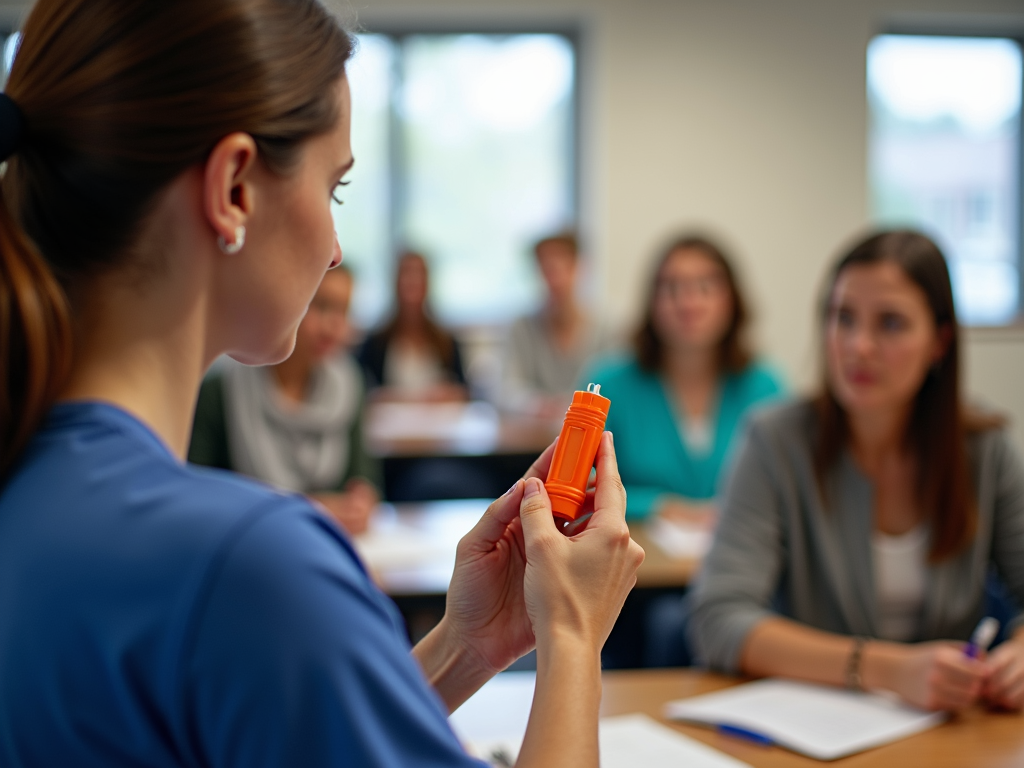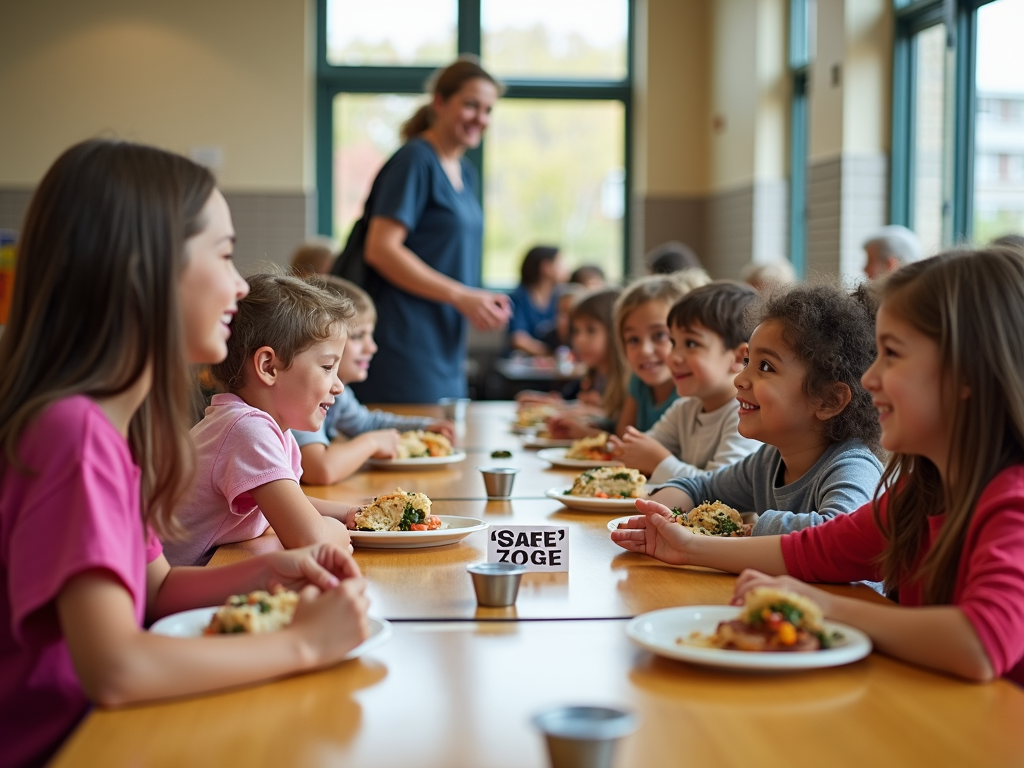Managing allergies in school settings is vital for keeping students with conditions like FPIES safe and happy. This guide offers practical strategies for parents, teachers, and school staff to create a secure environment where kids with food allergies can thrive. Let’s dive into how we can make this work.

Understanding FPIES and Allergen Exposure
FPIES, or Food Protein-Induced Enterocolitis Syndrome, is a food allergy that hits the stomach and intestines. It’s most common in babies and young kids. Unlike allergies that cause rashes or breathing trouble right away, FPIES brings on vomiting, diarrhea, and tiredness a few hours after eating certain foods.
Acute FPIES is the serious version—it can cause dehydration or even shock if not handled quickly. Foods like milk, soy, rice, or oats often trigger it, but any food could be the culprit. Knowing what sets it off helps us stop problems before they start in school.
Why Schools Matter
Kids spend hours at school every day—it’s like a second home. For those with FPIES, a single bite of the wrong food can turn a good day bad. That’s why managing allergies in school settings is a big deal. It keeps kids healthy and lets them focus on learning.
It’s not just about dodging reactions, though. It’s about making sure every kid feels included. With the right steps, schools can let students with allergies join in everything—class projects, lunch, even field trips—without worry.

Strategies for Managing Allergies in School Settings
Keeping allergies under control at school takes teamwork. Here’s how to make it happen:
- Make a Plan:
- Team up with the child’s doctor to write down what they’re allergic to, what happens during a reaction, and what to do if it gets bad.
-
Give copies to teachers, the school nurse, and lunchroom staff.
-
Teach Everyone:
- Show teachers and staff how to spot trouble—like vomiting or extreme tiredness—and what to do fast.
-
Talk to other kids about allergies so they can help their friends stay safe.
-
Set Up Safe Spots:
- Pick a table or area where only allergy-free food is allowed.
-
Wash hands and clean surfaces well to avoid mix-ups with allergens.
-
Keep Talking:
- Parents and school staff should check in often—phone calls, emails, whatever works.
-
Use bracelets or labels to show which kids have allergies.
-
Be Ready for Trouble:
- Keep emergency tools like epinephrine shots handy and train staff to use them.
- Practice what to do if a reaction hits, so everyone’s prepared.

My Own Story
I’ve got a kid with FPIES, and I’ve learned a lot. Before school starts, I sit down with his teacher and the nurse. We go over his triggers—milk and rice are the big ones—and what to watch for, like if he starts throwing up a couple hours after a snack.
One trick that’s helped is a ‘safe snack box.’ I fill it with treats he can eat, like fruit snacks or special cookies, for class parties. He loves it, and it keeps him part of the fun. Teachers tell me they feel better with clear steps written down—it takes the guesswork out of emergencies.
Building an Allergy-Friendly School
It’s not just about one kid—schools can make things better for everyone with allergies. Here’s how:
- Check the Rules: Make sure the school has plans for handling food allergies, like what’s okay to bring for snacks.
- Mix Up Activities: Plan events that aren’t all about food—think crafts or games—or offer safe options.
- Bring People Together: Host a night where parents and staff learn about allergies and how to help kids who have them.

Tips for Parents and Teachers
Parents, don’t wait—talk to the school early. Bring a list of safe foods and practice what to say if something goes wrong. Teachers, ask questions if you’re unsure, and keep that emergency plan close. Little steps like these make a huge difference.
I’ve seen it work. My son’s teacher once caught a mix-up with a class snack and swapped it out fast because she knew the plan. That kind of teamwork keeps kids safe and lets them just be kids.

Wrapping It Up
Managing allergies in school settings, especially FPIES, takes effort from everyone—parents, teachers, and staff. By understanding FPIES and allergen exposure, and using smart strategies, we can keep kids safe and let them enjoy school. It’s about more than avoiding trouble; it’s about giving every child a fair shot at learning and growing.
Stay on top of it, talk often, and be ready. Together, we can turn schools into places where kids with allergies shine just as bright as everyone else.
Discuss Here